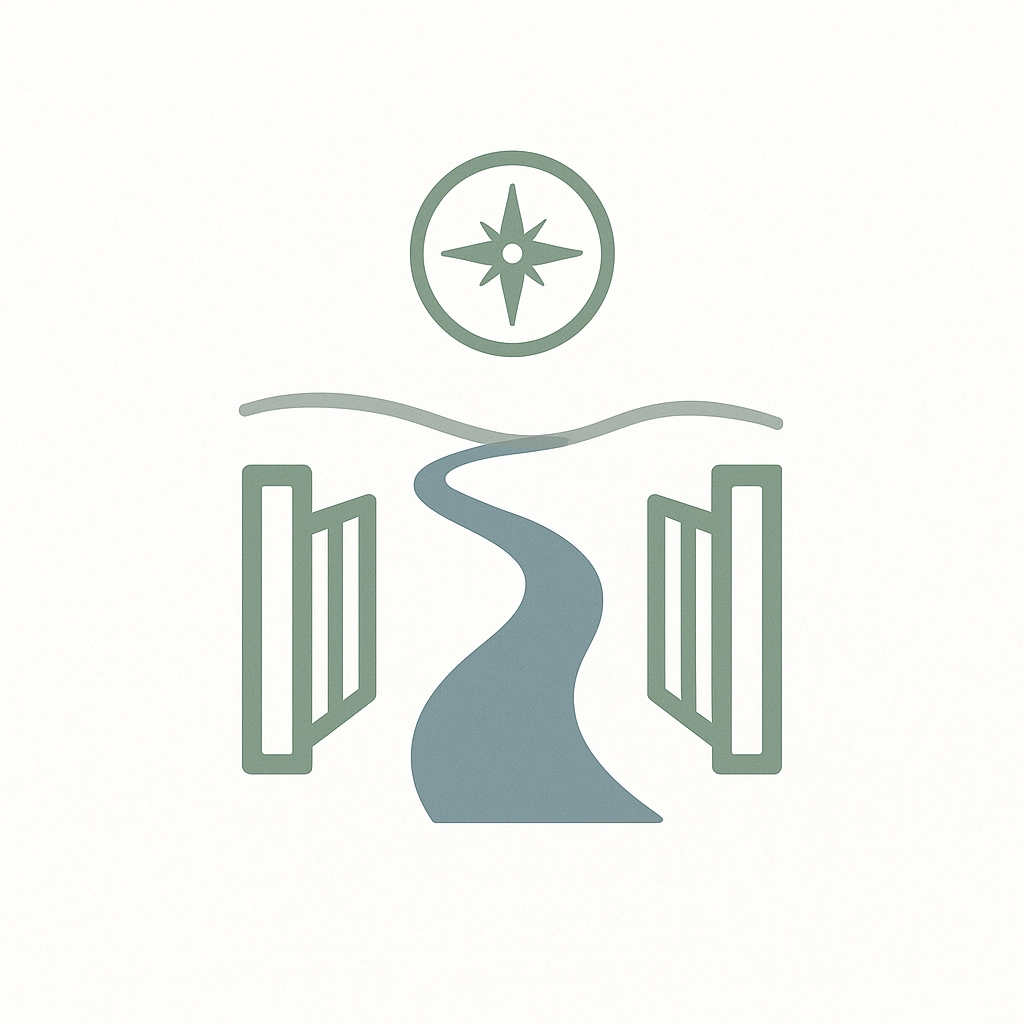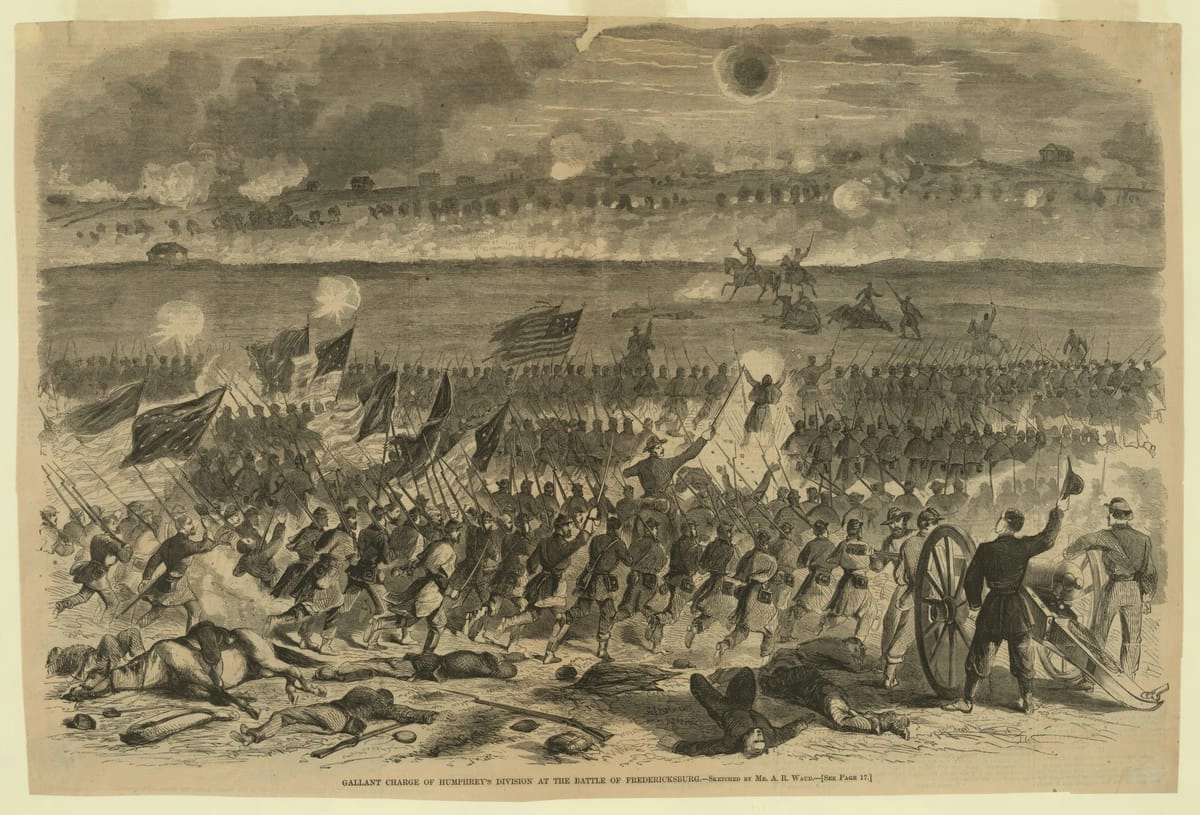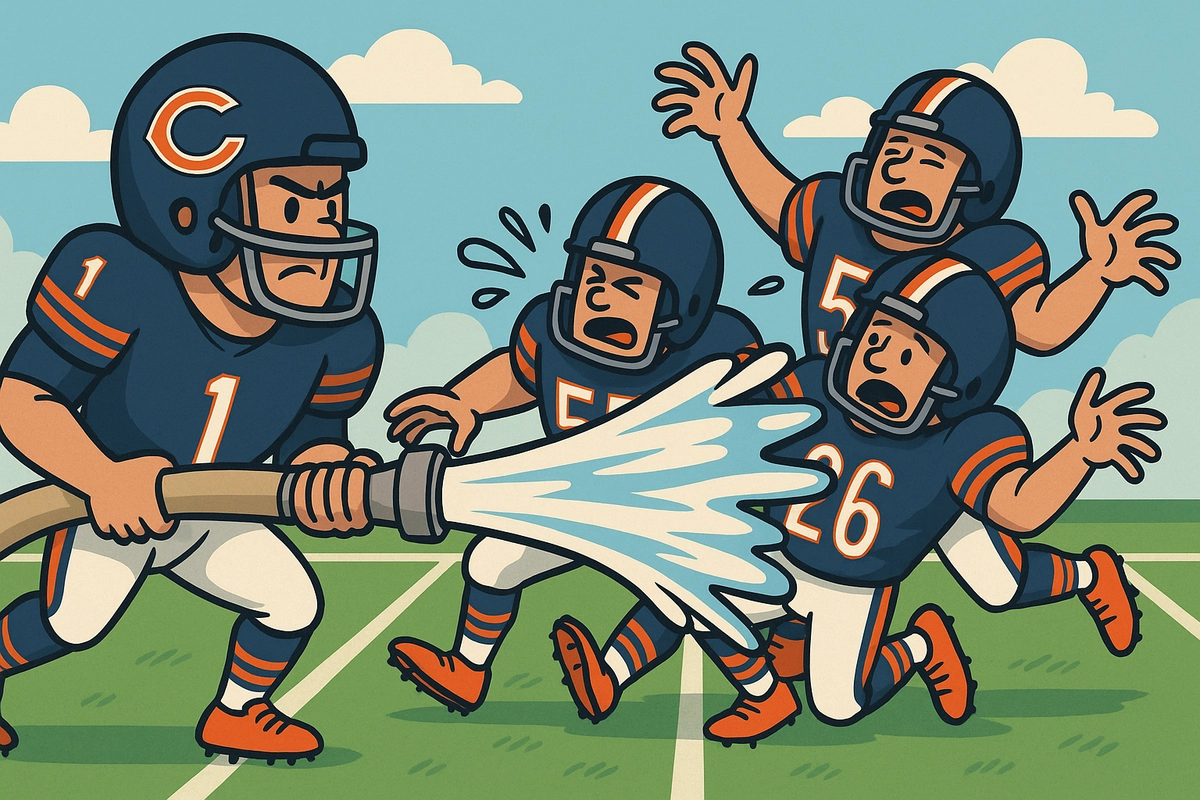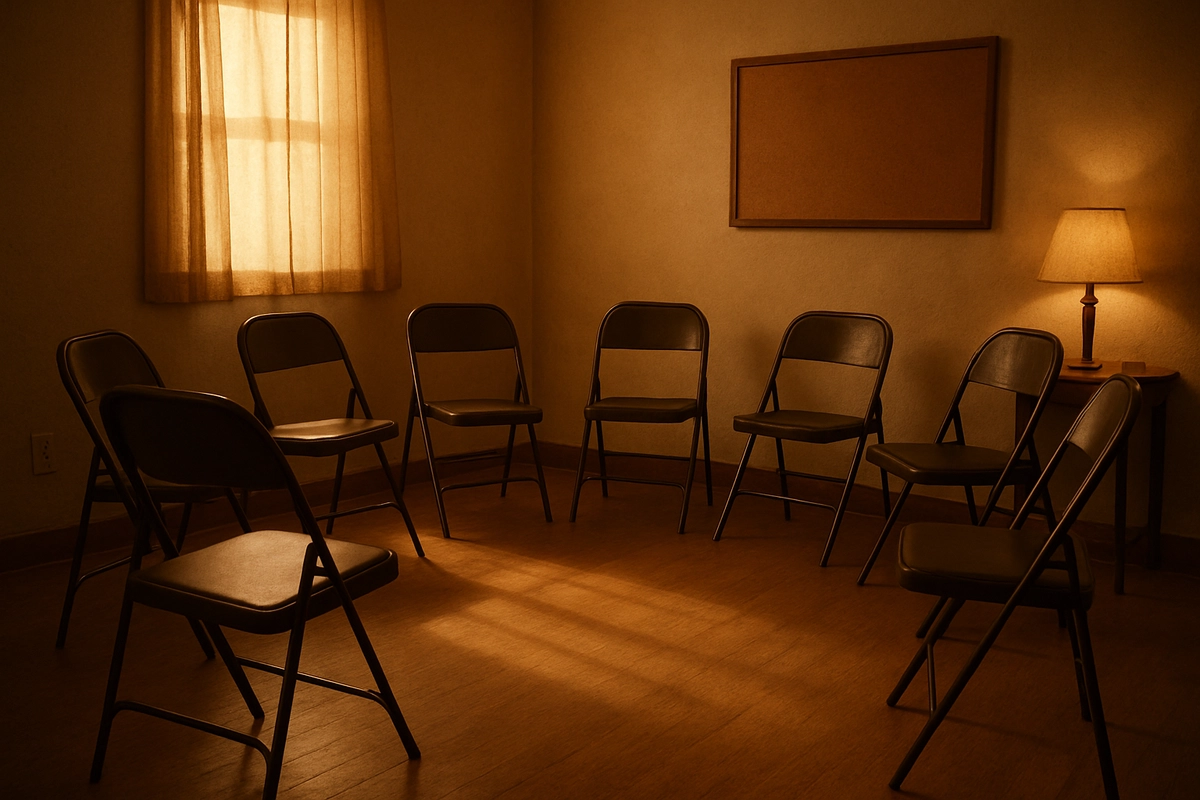The Daily Reflection That Chaffed My Ass
Today’s Daily Reflection (July 6) opens with a quote from the Twelve and Twelve:
"The chief activator of our defects has been self-centered fear..."
Then comes the commentary:
"When I feel uncomfortable, irritated, or depressed, I look for fear. This 'evil and corroding thread' is the root of my distress... I pray for help in identifying the fear underneath the defect, and then I ask God to relieve me of that fear. This method works for me without fail..."
The quotation here about the “evil and corroding thread” is taken from the Big Book:
“It was an evil and corroding thread; the fabric of our existence was shot through with it.” (Alcoholics Anonymous, 1st ed., p. 80)
Let me be direct: the excerpt from the Twelve and Twelve, the excerpt from the Big Book and this commentary are all bad advice. Or at least, it's dangerously simplistic advice masquerading as spiritual wisdom. It’s a great example of how the ever-present influence of the Oxford Group made its way into A.A. Thinking of fear this way, as a defect, is a morality play. It’s making people think they have parts of them that are broken that they need to identify and ask God for relief from in order to overcome. Good luck with that.
Fear Is Not a Defect
Fear is not a defect. Fear is necessary. Fear is a signal. It's a point on the courage curve. To label fear as an "evil and corroding thread" is to invite shame, suppression, and a black-and-white view of human nature. And that’s not sobriety. That’s repression.
Reasonable fear keeps us alive. It helps us gauge risk, sense danger, and pause when needed. The issue isn’t fear itself—it’s unreasonable fear, or more accurately, our relationship to fear. The way we think about it, react to it, or let it steer our lives.
As Epictetus put it:
"What frightens us is not external events themselves, but our thoughts about them."
Fear on the Courage Curve
Courage is not the absence of fear. It’s acting in alignment with wisdom in the presence of fear. Aristotle called courage the mean between cowardice (too much fear) and recklessness (too little).
Think about it:
Too much fear and we’re paralyzed.
Too little fear and we’re reckless, delusional, or dead.
Fear must be measured and balanced.
Military Examples (Because, Why Not?)
Fredericksburg: General Burnside ignores all caution and sends men up a hill into entrenched Confederate positions. 1,284 men are killed, ten times that in casualties, and one of the most lopsided losses of the war. That’s what happens when fear is absent and bravado takes over.
D-Day: Supreme fear, but also supreme clarity. Plans. Timing. Acceptance of loss. The balance was courage. That’s what it looks like to feel fear and act with virtue.
And as Patton famously said:
"A good plan violently executed now is better than a perfect plan executed next week."
That’s not about being fearless. It’s about acting despite fear, with reasonable urgency.
Step Seven Is Not Fear Eradication
The Daily Reflection makes Step Seven sound like a holy extermination of fear. But Step Seven should not be about eradicating parts of ourselves—it should be about growing into a more aligned, balanced version of who we are.
In a virtue-based recovery, Step Seven is about temperance and wisdom:
Temperance: balancing emotion and impulse.
Wisdom: discerning which fears serve us, and which do not.
We don’t ask to have fear removed like a tumor. We learn to listen to it. To ask, "Is this fear wise? Is this fear distorted? Is this fear timely?"
Let’s Evolve the Reflection
Here’s how I wish this reflection ended:
When I feel uncomfortable, I pause and ask: what part of me feels at risk? What part of me is trying to protect something? Is my fear pointing toward truth or distortion? I don’t banish fear. I walk with it. I let it teach me. And when it no longer serves me, I let it go.
That’s courage. That’s serenity. That’s recovery.






Comments